Ultimate Guide for Lemon Tree Growth Stages
Updated: 13 Aug 2024
249
Are you curious about how lemon trees grow? Let’s explore their amazing journey! Lemon trees start as tiny seeds and go through fascinating stages, from sprouting to blossoming with fragrant flowers and producing bright, juicy lemons.
Each step is a wonderful part of nature’s process. This guide will walk you through the growth stages of lemon trees and give you the essential tips to successfully grow your own lemon tree in a pot.

Germination
When I started growing a lemon tree, germinating the seed was the first exciting step. I planted the seed in moist soil, ensuring it was warm and light. After about 1 to 2 weeks, I noticed the seed starting to sprout.
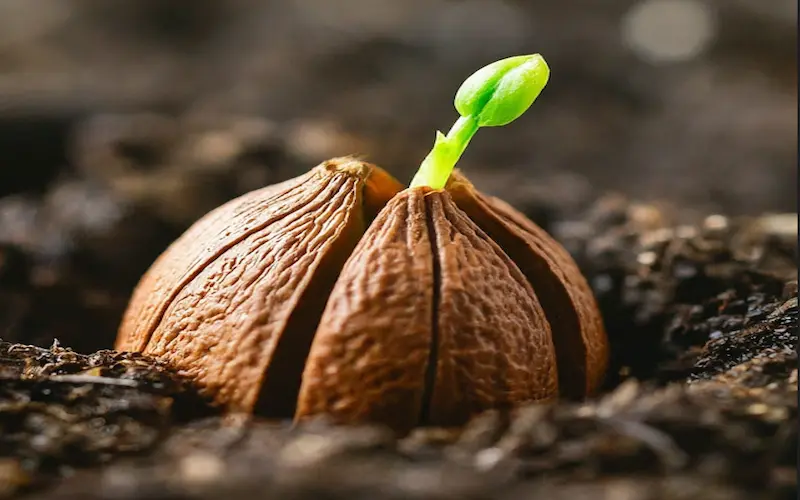
First, a tiny root, called a radicle, poked out, followed by a small shoot reaching upward. The first leaves, known as cotyledons, began to unfold as the days passed. These early moments were really important because they laid the groundwork for my lemon tree to grow strong and healthy.
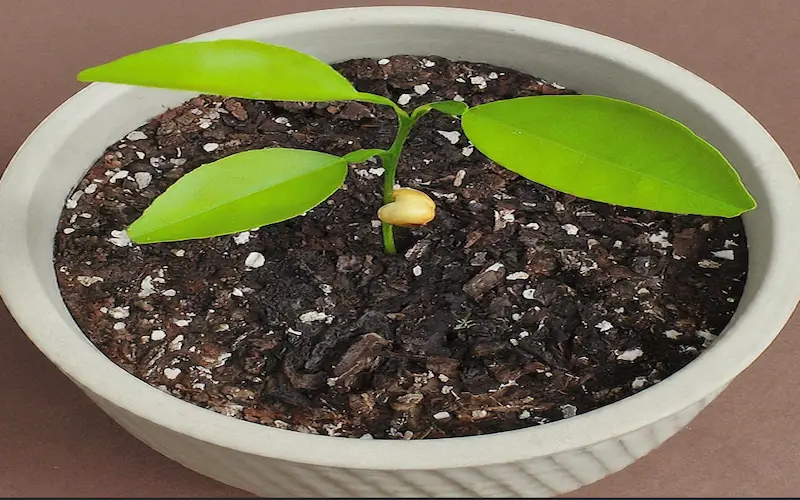
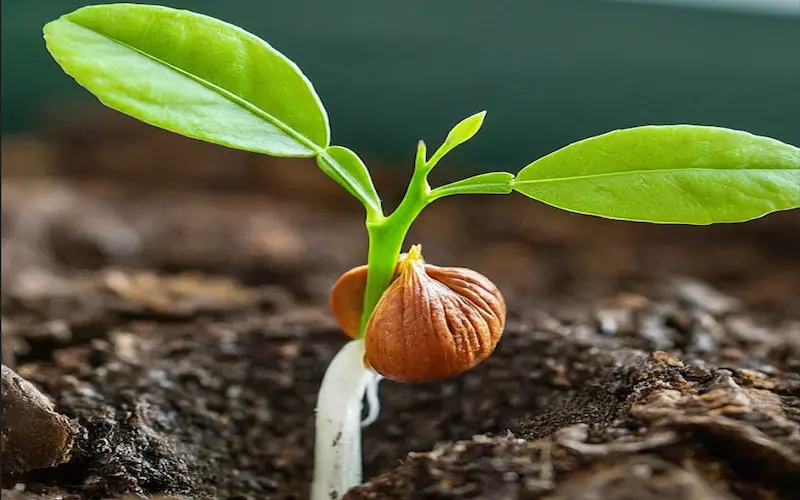
3. Seedling to Sapling: The Early Phase of Lemon Growth Stages
When I think about the journey of a lemon tree, the transition from seedling to sapling is one of the most exciting stages. After the tiny seed germinates, it sprouts into a delicate seedling, just the beginning of its growth. As the seedling matures, it slowly strengthens, growing taller and sturdier.
This phase, the seedling-to-sapling stage, is crucial because the young plant is developing its roots and foliage. During this time, I ensure that it receives the right amount of sunlight, water, and nutrients. It’s amazing to watch as the seedling transforms into a more established sapling with thicker stems and more leaves.
This stage is about careful nurturing as the sapling prepares for the next step in its journey to becoming a full-grown lemon tree.
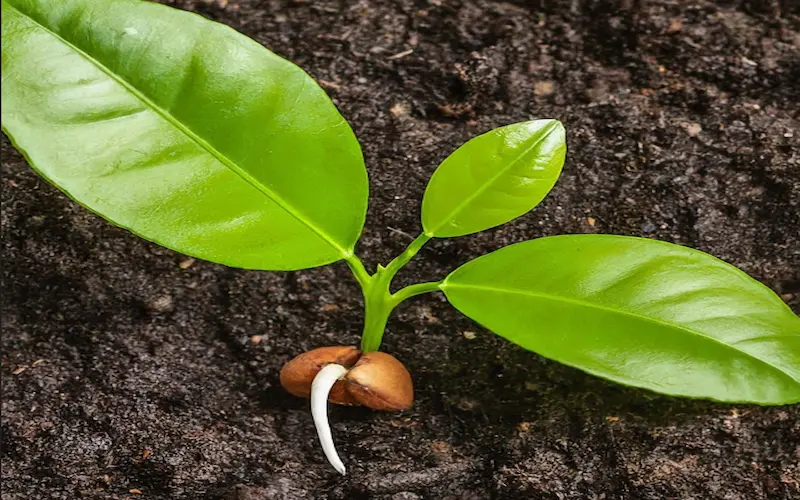
4. Lemon Tree Flowering Stage
The flowering stage of a lemon tree is one of the most exciting parts of its growth. After all the time spent caring for the tree, it’s a real joy to see it start producing buds. These buds will soon open into beautiful, sweet-smelling flowers, signaling that lemons are on the way.
At this stage, I ensure the tree gets plenty of sunlight, which helps it produce more flowers. I also water it regularly but carefully, as too much water can cause the flowers to fall off. A good, balanced fertilizer gives the tree the nutrients it needs to bloom.
Seeing the lemon tree in full bloom is incredibly satisfying. The lovely scent of the flowers fills the air, and it’s hard not to feel proud of how far the tree has come. This is a crucial stage because these flowers will soon become the lemons I’ve eagerly awaited, marking another big step in the tree’s journey.
Watch for small, delicate flowers appearing on your lemon plant. These are the early signs that your plant is gearing up for the next step.

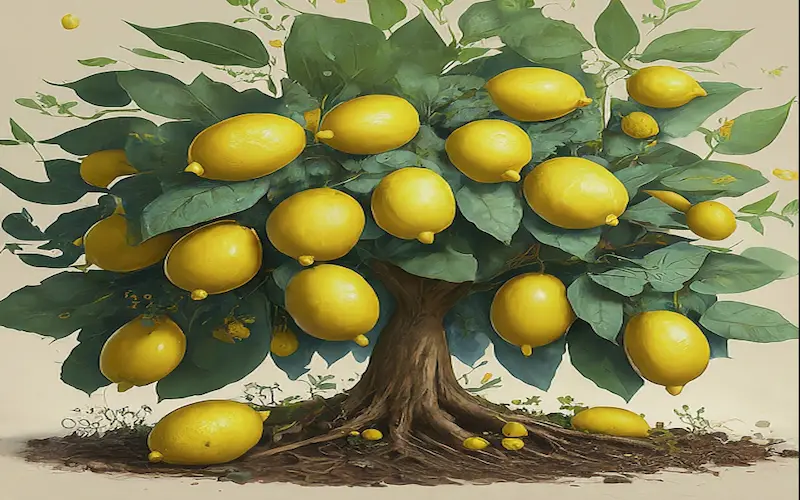
5. Stages of Lemon Growth: Lemon Tree Fruit Cycle
Excitement is building as your lemon tree progresses to the fruit formation stage. Get ready to witness the transformation from green buds to luscious yellow lemons.
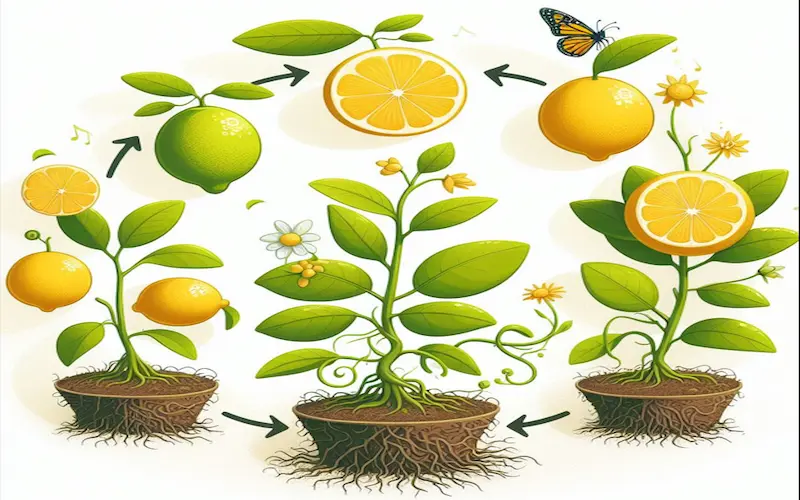
The Transformation Process:
As your buds mature, they’ll slowly transform into green lemons. Over time, these green orbs will take on that familiar yellow hue, indicating they’re ripe and ready for picking.
Common Issues and Troubleshooting:
Keep an eye out for any hiccups. Check the sunlight and water levels to see if your lemons aren’t turning yellow. Adjust as needed. Be on the lookout for pests, too—gentle soap and water can usually handle the job without resorting to harsh chemicals.
Watering and Feeding Guidelines:
Consistent watering remains crucial. Ensure your plant gets a steady supply of water without drowning it. Stick to a balanced fertilizer routine, providing nutrients for those growing lemons.
As your lemons progress through their color transformation, address any issues promptly and stick to a steady watering and feeding schedule. Before you know it, you’ll harvest your vibrant and succulent yellow lemons.
6. Harvesting
The moment you’ve been waiting for is here—harvesting your homegrown lemons! Let’s keep it simple as we guide you through picking your ripe, juicy fruits.
Determining the Right Time to Harvest:
Wait until your lemons are entirely yellow before picking. Give them a gentle squeeze; they are ready if they yield slightly to pressure. Avoid pulling or tugging; a simple twist usually detaches the fruit quickly.

Gentle Harvesting Techniques:
Handle your lemons with care. Cut the stem about half an inch above the fruit using clean, sharp scissors or pruning shears. This helps your plant focus its energy on new growth.
Celebrating Your First Lemon:
Take a moment to revel in your success! Whether you use your lemon for cooking, baking, or a refreshing drink, savor the flavor of your homegrown produce. Share the joy with friends and family—your gardening journey has come full circle.
Harvesting your lemons is a gratifying experience. Pay attention to the signs, use gentle harvesting techniques, and celebrate the sweet success of your first homegrown lemon. Please keep it simple, and enjoy the fruits of your labor!
Lemon Tree Growth Chart
A lemon tree growth chart is essential for anyone interested in cultivating and maintaining lemon trees. This chart provides a detailed timeline of the various growth stages in a lemon tree’s life cycle, from its initial planting as a seed to its full maturity, which typically takes three to six years.
The first stage of the lemon tree growth cycle is germination, which occurs after the seed is planted and typically takes between two weeks to a month. This is followed by the seedling stage, where the tree develops its first leaves and roots. This stage can last anywhere from six months to a year, depending on the variety of lemon trees and the growing conditions.
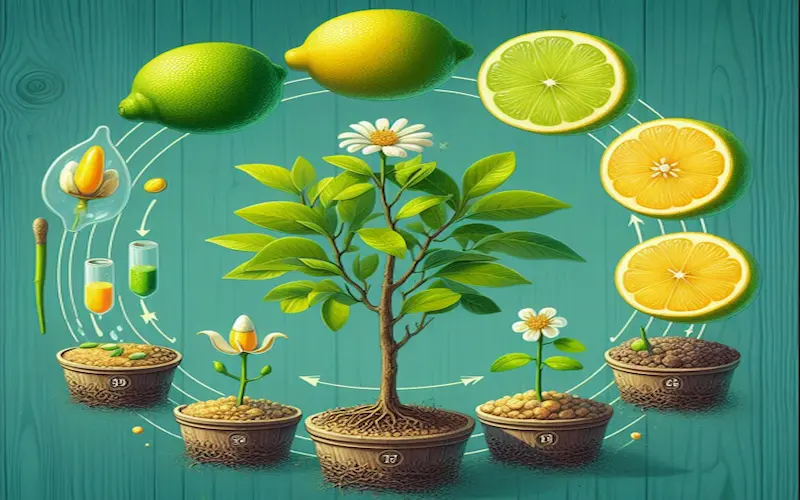
The next stage is the sapling stage. The tree grows taller during this phase and develops its trunk and branches. This stage can last for one to three years. After this, the tree enters the juvenile stage, where it continues to grow but does not yet produce fruit. This stage can last for two to three years.
The final stage is the mature stage, where the tree begins to produce fruit. This typically occurs when the tree is between three to six years old. During this time, the grower must provide adequate watering, fertilization, and pest control to ensure a healthy crop.
In conclusion, a lemon tree growth chart is a valuable resource for anyone looking to grow these citrus trees. It offers a detailed timeline of the different growth stages in a lemon tree’s life cycle and provides essential information on caring for the tree at each stage.
What is lemon tree growth time?
Lemon trees take 2 to 3 years to produce fruit from a grafted plant and 5 to 6 years to produce fruit from seedling to harvest.
How long does it take a lemon to grow
Usually 9 months a lemon tree takes to grow from pollination to harvesting
when does lemon tree flower?
Lemon trees typically flower during the spring and early summer months. The exact timing can vary based on climate, location, and the specific lemon tree variety. You can expect lemon trees to bloom from late winter to early summer.
How long do lemons take to grow after flowering?
After flowering, lemons generally take 6 to 9 months to develop and ripen entirely on the tree. However, the exact time can vary depending on the lemon tree variety, climate, and growing conditions. Patience is essential as you wait for the lemons to mature before harvesting.
What does the lemon tree look like?
The appearance of a lemon tree can vary based on factors such as age, variety, and growing conditions, but here are some common characteristics:
- Leaves: Lemon trees are typically glossy, elliptical, and medium to dark green. When crushed, they have a distinct lemon scent.
- Height and Shape: Lemon trees can range in height but are generally small to medium-sized. They have a rounded or slightly oval shape with dense foliage.
- Trunk and Bark: The trunk of a lemon tree is often smooth and grayish-brown. As the tree matures, the bark may develop furrows.
- Flowers: Lemon trees produce fragrant white flowers with five petals. The flowers are usually solitary or in small clusters.
- Fruit: Lemon trees bear yellow, oval-shaped fruits. The size and shape of the fruit can vary between lemon varieties.
Overall, lemon trees are attractive and vibrant, with glossy green leaves, fragrant flowers, and bright yellow fruits that make them easily recognizable.
Conclusion
Wrapping up your lemon-growing adventure is all about simplicity and patience. From planting tiny seeds to picking ripe lemons, each step of the growth stages of a lemon tree plays a vital role in the journey. Celebrate the small wins, like spotting the first sprouts or harvesting your first lemon. Gardening is a journey, not a race. Please keep it simple, enjoy the process, and relish the satisfaction of growing your lemons. Whether you’re a beginner or a seasoned green thumb, your efforts in nurturing nature will indeed bear fruit.
Please Write Your Comments